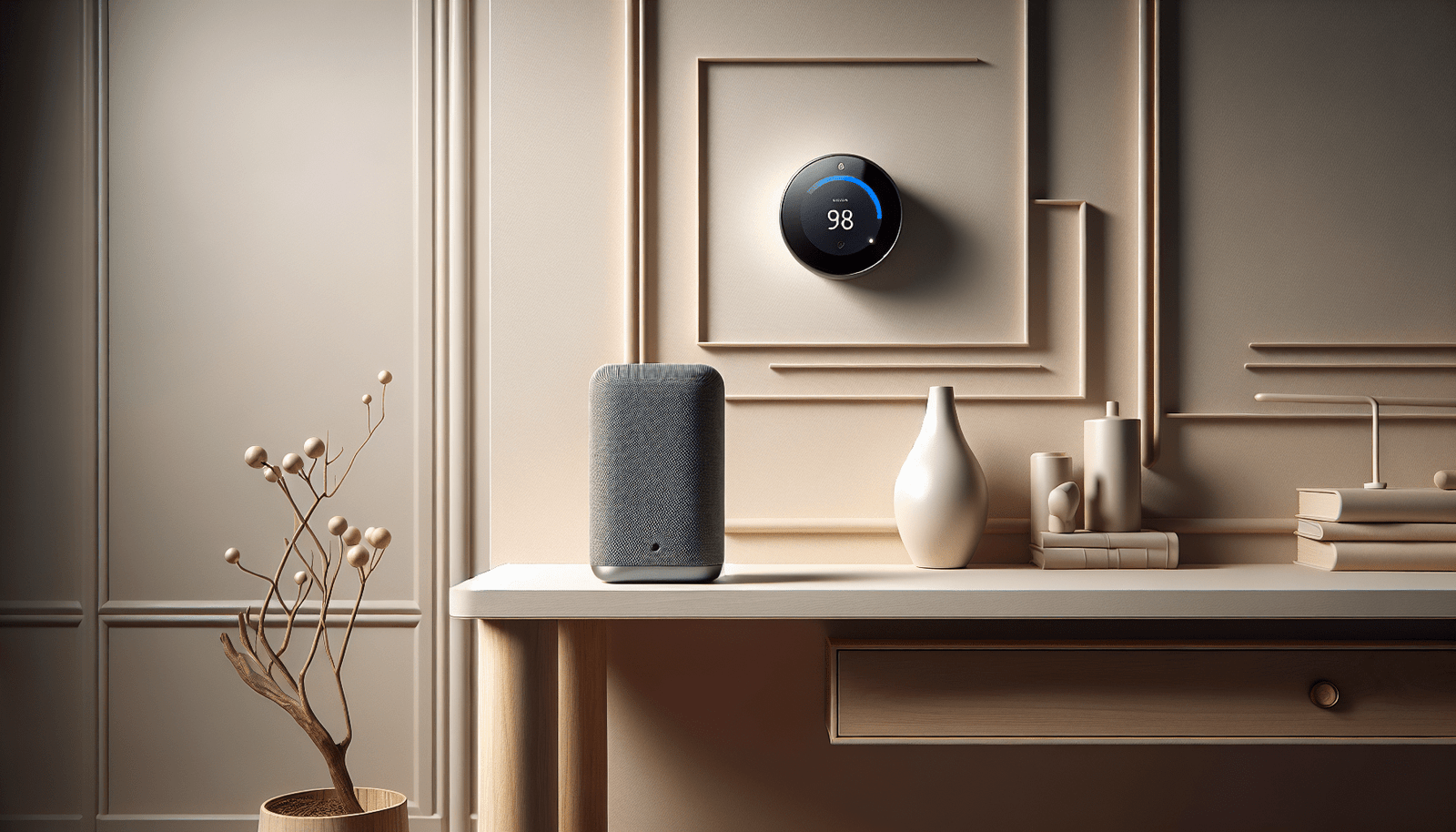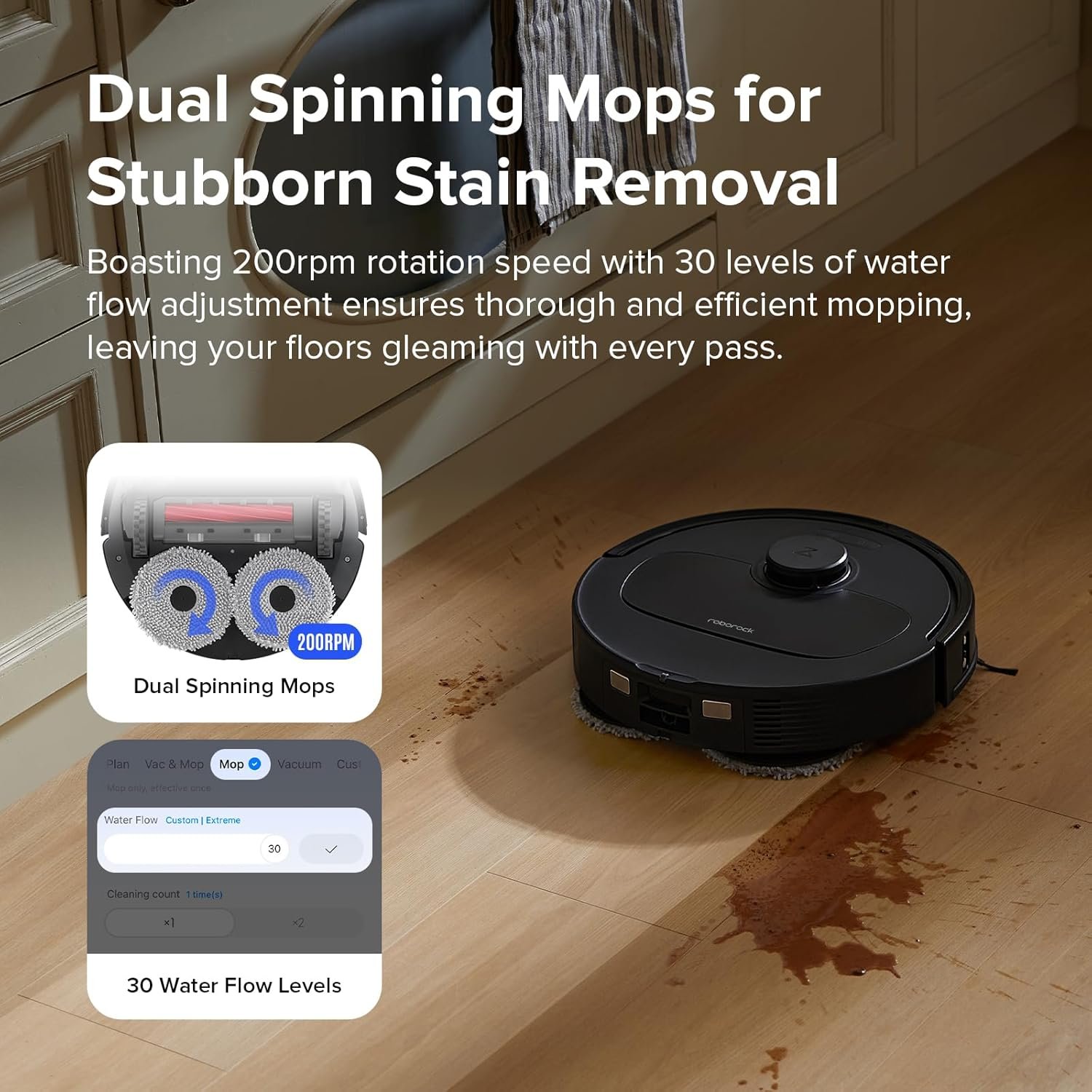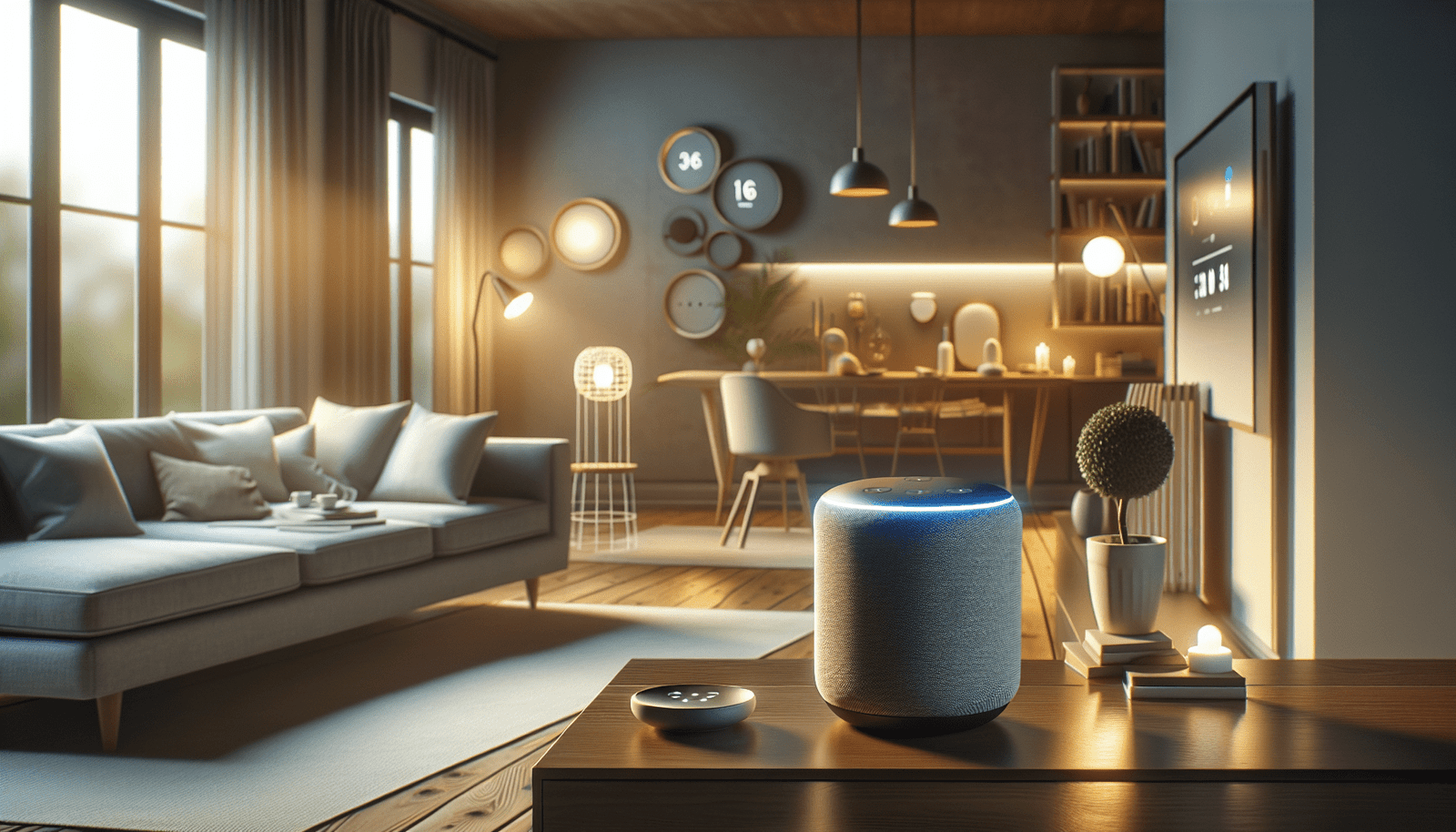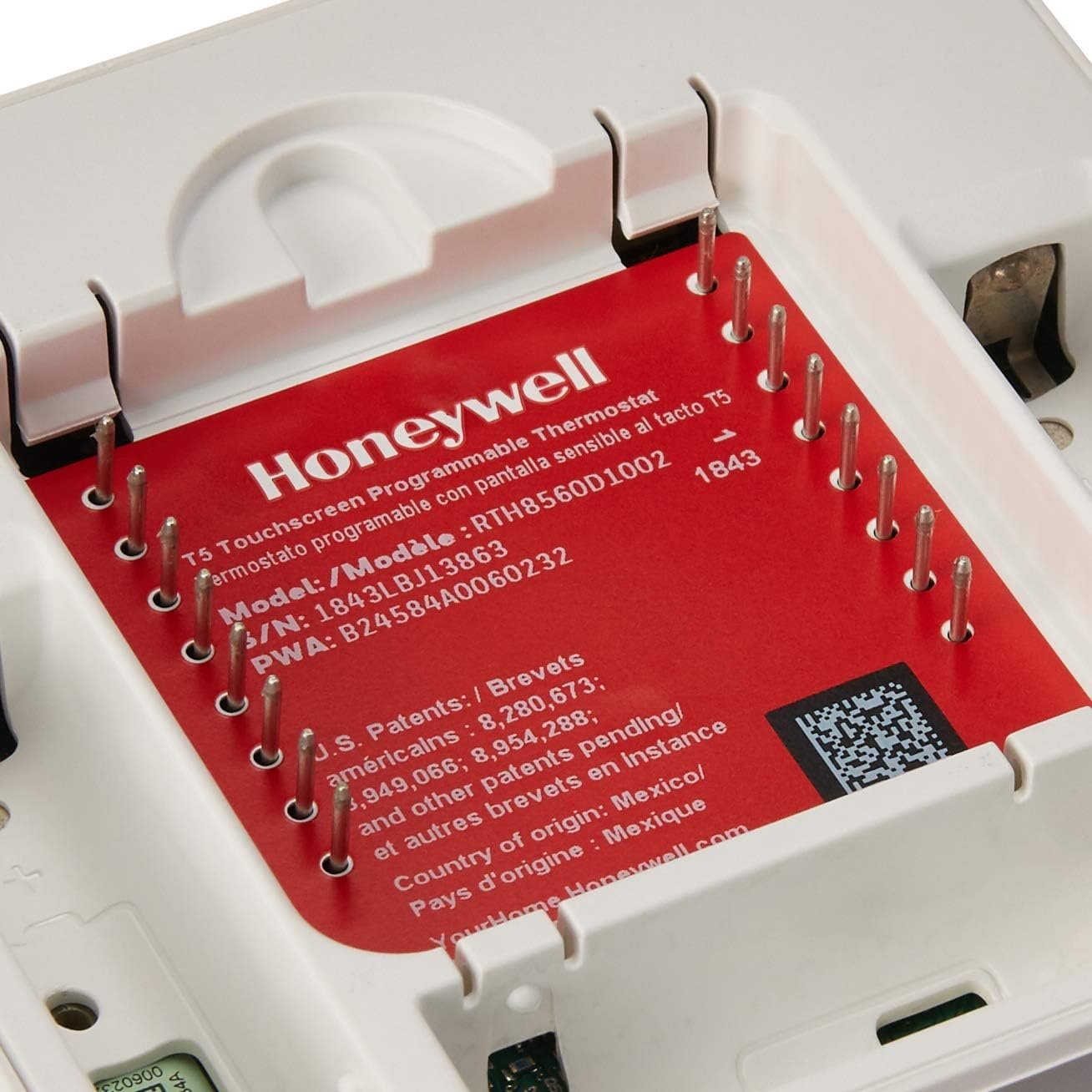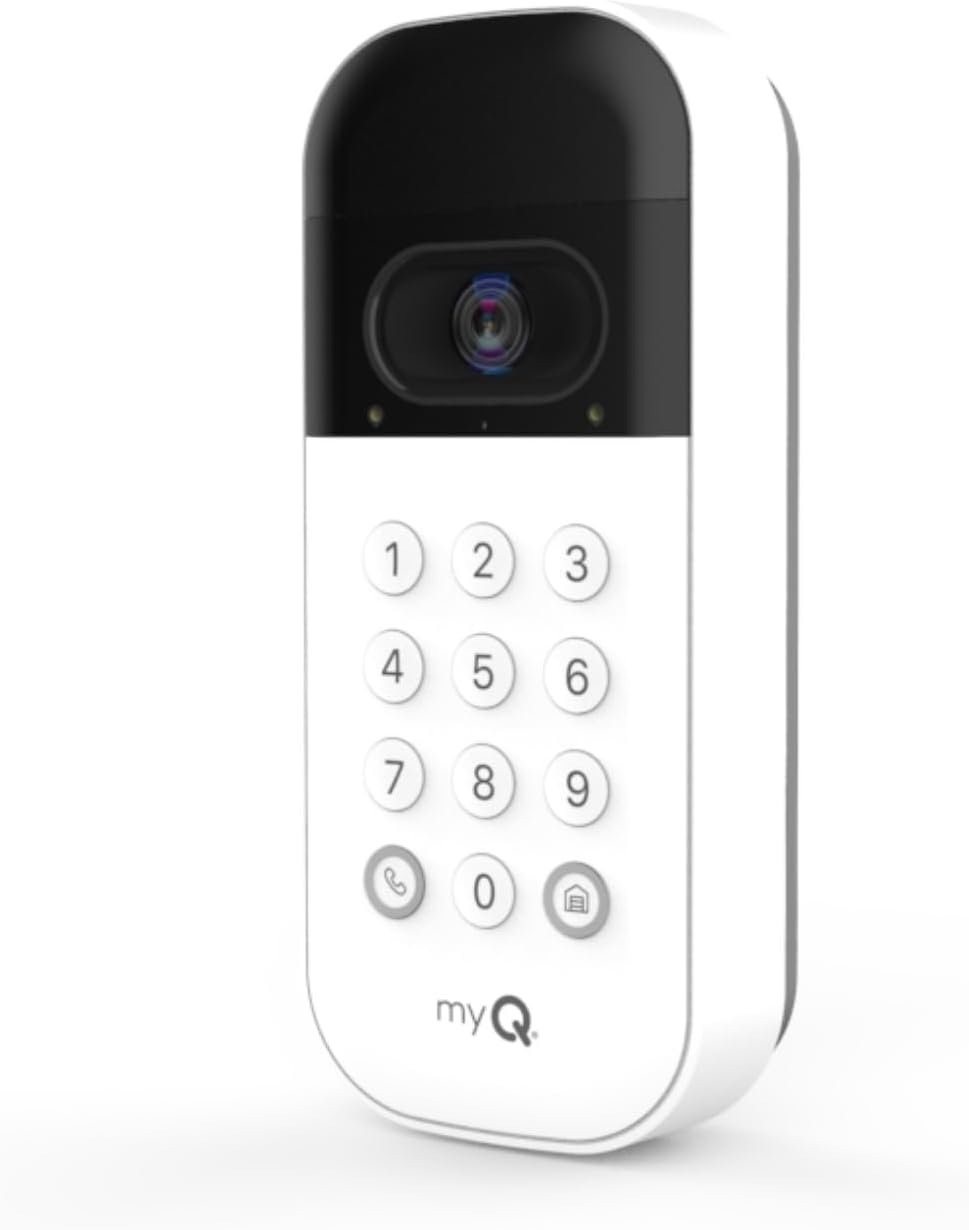Have you ever imagined your home doing some of the work for you, like adjusting the thermostat, managing security, or even making your morning coffee? In today’s world, with the rise of smart home technology, this dream is becoming a reality. As you stand on the brink of transforming your living space with smart home gadgets, the opportunities to enhance convenience, efficiency, and peace of mind are boundless.
Understanding Smart Home Technology
Smart home technology involves a network of devices that can communicate with each other, allowing you to control elements of your home remotely through a smartphone or voice commands. These smart devices can range from thermostats and lights to security systems and kitchen appliances, all designed to make your life smoother, safer, and more energy-efficient.
What Makes a Home ‘Smart’?
A home becomes ‘smart’ when its devices are connected to the internet, allowing for remote access and control via apps or smart hubs. These devices can learn your habits over time, making intelligent adjustments to optimize efficiency. For example, a smart thermostat can learn when you’re usually home and adjust the temperature automatically.
The Rise of Smart Home Devices
The adoption of smart home devices has been increasing rapidly, driven by growing awareness of the benefits and broader availability of technology. As prices continue to decrease, more homeowners and renters are investing in these conveniences for their residences.
Cost and Value Considerations
When considering smart home technology, understanding the initial costs and potential savings is essential. While some devices may require a significant upfront investment, the long-term savings in energy efficiency and home maintenance can make them a worthwhile investment.
Installation Costs
Installation costs can vary widely depending on the type of device and whether professional installation is required. For instance, a smart doorbell can be a relatively simple DIY project, whereas integrating a comprehensive security system might necessitate professional assistance.
Long-Term Savings and ROI
Many smart home gadgets are designed to reduce utility bills. A smart thermostat, for instance, can save you up to 10-15% on heating and cooling costs. Over time, these savings can offset the initial investment, making smart technology not just a convenience but a financially savvy choice as well.
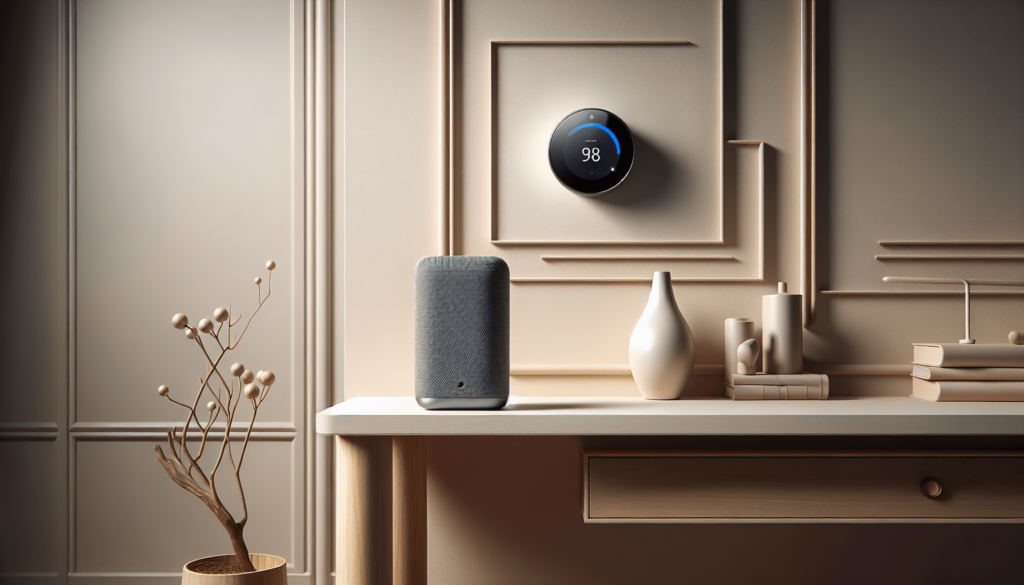
Comparing Smart Home Devices
Choosing the right smart home devices can feel overwhelming due to the sheer number of options available. Understanding your specific needs and comparing features can help you make informed decisions.
Smart Lights vs. Traditional Lights
Smart lighting systems allow control over color and intensity through your smartphone or voice assistant, unlike traditional lights. This not only adds convenience and flexibility but can also contribute to energy savings by ensuring lights are only on when needed.
Smart Security Systems: An Extra Layer of Protection
Traditional security systems provide basic protection, but smart systems take it a step further with features like real-time alerts, remote monitoring, and easy integration with other smart devices, enhancing your home security and peace of mind.
Voice Assistants: The Brain of Your Smart Home
Devices like Amazon Echo, Google Home, and Apple HomePod serve as central hubs, enabling you to manage all your smart devices with simple voice commands. With their ever-expanding capabilities, they can control lighting, set reminders, and even manage your shopping lists.
Practical Setup Guides
Setting up your smart home gadgets doesn’t need to be daunting. With a little preparation and guidance, you can turn your living space into a connected ecosystem.
Installing a Smart Thermostat
-
Turn Off Power: Before you start, make sure to turn off the power to your heating and cooling system to ensure safety.
-
Remove Old Thermostat: Unscrew and disconnect your old thermostat, marking wires with labels to ensure easy installation of the new device.
-
Install the Smart Thermostat: Follow the manufacturer’s instructions to connect the wires to the new device.
-
Connect to Wi-Fi: Once installed, connect your thermostat to Wi-Fi and follow the app prompts to complete the setup.
-
Schedule and Automate: Set your desired temperature schedules and let the thermostat learn your preferences.
Setting Up Smart Lights
-
Choose Smart Bulbs or Switches: Decide whether you want to replace traditional bulbs with smart bulbs or replace the switch itself.
-
Install and Connect: Replace the existing bulbs or switch and connect to your home’s Wi-Fi.
-
Control via App or Voice: Use the corresponding app or a voice assistant to control, schedule, and customize your lighting settings.
Integrating Voice Assistants
-
Select Your Assistant: Choose between options like Amazon Alexa, Google Assistant, and Apple Siri based on compatibility with your devices.
-
Set Up and Connect Devices: Follow setup instructions to connect the voice assistant to your Wi-Fi and link your smart devices through the app.
-
Enable Skills and Routines: Download and enable skills or set up routines to automate tasks with simple voice commands.
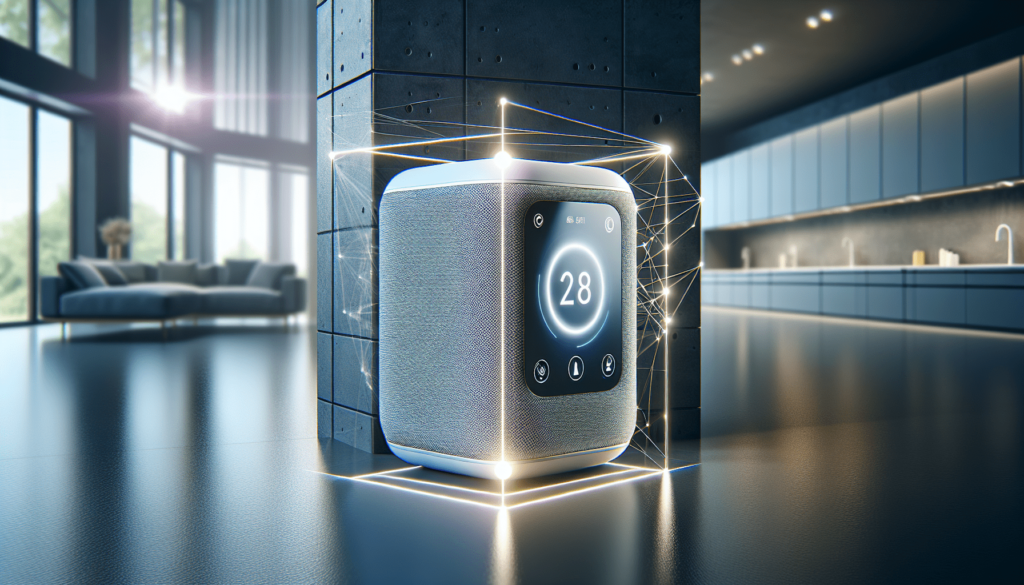
Security and Privacy Factors
With the convenience of smart technology comes concerns about security and privacy. It’s crucial to understand how to protect your information when integrating these devices into your home.
Potential Risks
Smart home technology can be vulnerable to hacking if not properly secured, which could lead to unauthorized access to your home systems.
Enhancing Cybersecurity
- Use Strong Passwords: Create unique and strong passwords for all your smart devices and update them regularly.
- Enable Two-Factor Authentication: Add an extra layer of security by enabling two-factor authentication on apps, where possible.
- Regular Software Updates: Keep your devices updated to ensure the latest security patches are in place.
Privacy Best Practices
When setting up smart devices, always review privacy settings and make sure to disable any unnecessary data-sharing features to protect your personal information.
Energy Efficiency and Sustainability
Smart home devices are not only about convenience but also offer significant benefits in terms of energy efficiency and sustainability.
Reducing Energy Consumption
Smart devices, such as energy-efficient bulbs, smart thermostats, and appliances, are designed to reduce energy usage. By adjusting automatically to your habits and making efficient use of resources, these gadgets can greatly lower your utility bills.
Supporting Sustainable Living
Investing in smart home technology is a step towards supporting sustainable living. By optimizing energy usage, these devices help reduce your environmental footprint, contributing to a healthier planet.
Compatibility and Connectivity
Effective integration of smart devices requires a thorough understanding of compatibility and connectivity options to ensure all devices work seamlessly together.
Understanding Smart Hubs
Smart hubs act as the central point of connection for all your devices, allowing them to interact and be controlled through a single app or platform. Some popular hubs include Samsung SmartThings and the Wink Hub.
Platforms and Voice Assistants
Devices are often designed to work with specific platforms or voice assistants, such as Google Home or Amazon Alexa. Before making a purchase, ensure your chosen devices are compatible with others in your ecosystem to avoid connectivity issues.
Future-Proofing and Innovation
The smart home industry is evolving rapidly, with new trends and technologies continually emerging. Staying informed can help you future-proof your home and stay ahead of the curve.
Emerging Trends
- AI and Machine Learning: Devices are becoming more intelligent, with self-learning capabilities that enhance your user experience over time.
- 5G and Connectivity: With 5G, the speed and reliability of device connectivity are increasing, enabling more stable and faster communication between devices.
Planning for Future Upgrades
Consider investing in devices that can be easily upgraded through software updates and are compatible with upcoming technologies to ensure longevity and relevance.
Conclusion
As you venture into the world of smart home technology, it becomes evident that integrating these gadgets can transform your living environment into a more connected, efficient, and enjoyable space. Whether you’re seeking to increase energy efficiency, enhance security, or simply add convenience to your daily routine, smart home devices offer a myriad of possibilities to help you achieve these goals. By understanding the options available, their benefits, and how best to implement them, you are well on your way to creating a home that’s as intelligent as it is comfortable.
